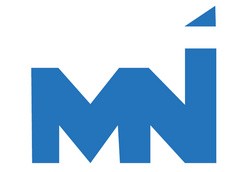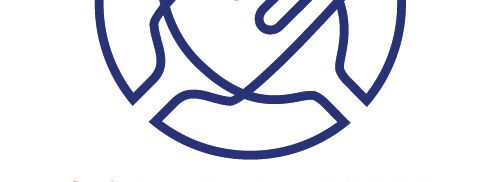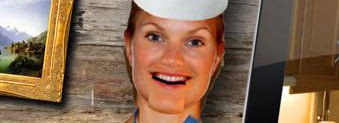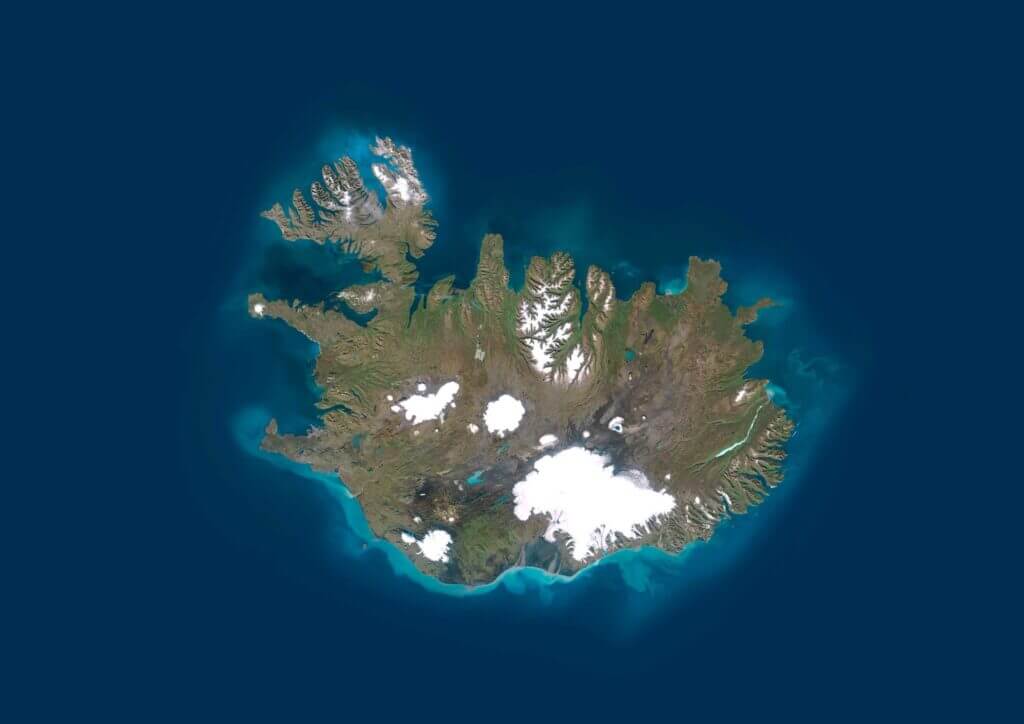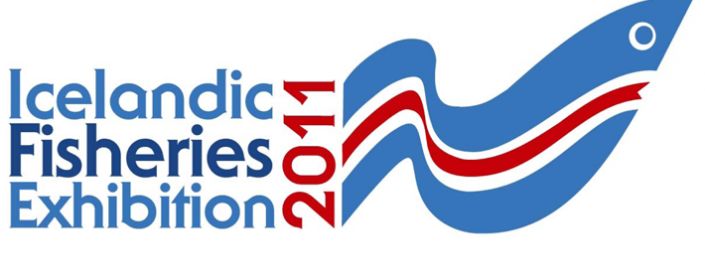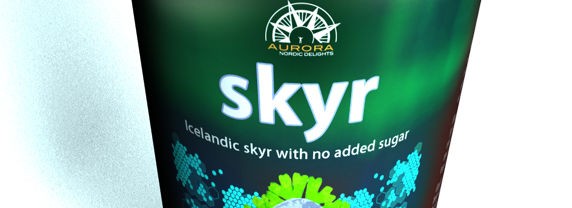Icelandic Food and Nutrition Association (MNÍ) announces MNÍ Food Day on Tuesday 18 October at the Hilton Reykjavík Nordica hotel. Food Day is an annual event that has been held since 1993 and is now being held for the nineteenth time.
Matís takes a big part in the day, but it should be noted that in addition to the board of directors, many of Matís' employees will give presentations. In addition, Matís' marketing manager is on the food day's preparatory committee. The program of Food Day 2011 can be found here.
MNÍ Food Day 2011 is entitled Health-related foods and target foods. The main content of the day this year is product development, production, research and marketing of health-related foods and targeted foods from Icelandic ingredients. There will be fourteen short presentations that provide insight into the topic. Among other things, Icelandic breakfast cereals, fish oil, protein drinks, fish meat sauces, the use of seaweed in food production, health claims on food and vitamin D supplementation of food will be discussed.
Katrín Júlíusdóttir, Minister of Industry, will chair the conference and chair the meeting Sveinn Margeirsson, CEO of Matís.

At the opening of the conference, Orri Hauksson, CEO of the Confederation of Icelandic Industries, will present Fjöregg MNÍ, an award given for a commendable initiative in the field of food production and human consumption. The grip is designed and built by Gleri in Bergvík and has been donated by the Confederation of Icelandic Industries since 1993. Nominations for Fjöregg MNÍ in 2011 can be found on the MNÍ website, www.mni.is. Further information about the nominations is provided by Borghildur Sigurbergsdóttir, borghildurs (at) gmail.com, mobile 896-1302.
Participation in the conference must be announced on the MNÍ website, www.mni.is, but registration ends at 13:00, Monday 17 October. The general participation fee is ISK 4,500, but students only have to pay ISK 3,000. If registration takes place after October 14, the participation fee will increase by ISK 1,000. Conference materials and light refreshments are included in the price, but the program starts at 12:00 to 18:00 and is published on the MNÍ website, where news of the conference will also be published shortly, as well as a list of those who will present their products and research in this field.
Food Day is open to the public and food and nutrition enthusiasts are encouraged to attend.
For further information, contact Fríða Rún Þórðardóttir, 898-8798, frida@isport.is.

